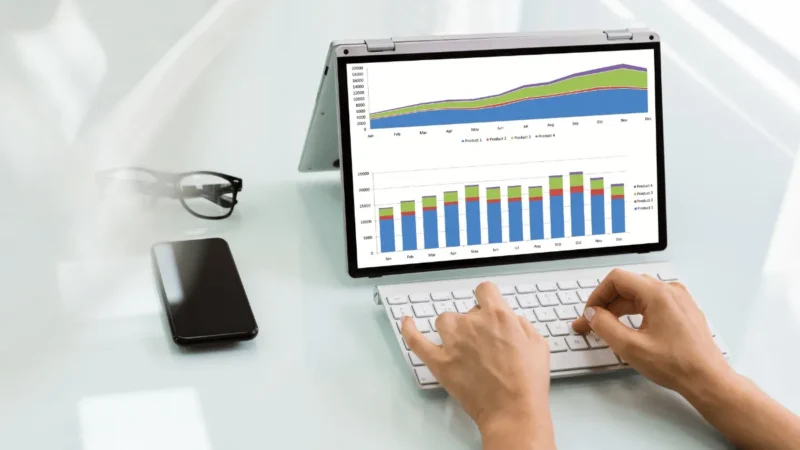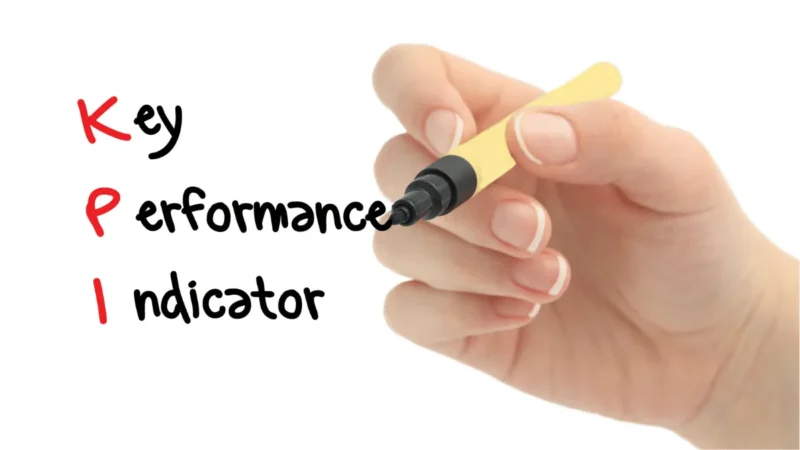After going full-blown on a digital marketing campaign for a small business, you will need to know whether you are achieving the desired results. This is why you need to know about the KPIs for digital marketing. The key performance indicators are metrics to show a campaign’s success.
Embarking on any business action, whether it is local marketing, digital marketing, or business process outsourcing, requires certain action or strategy.
The performance indicators will help you to find out how well the action you took worked. You will find out whether your result is equal to the invested effort.
In digital marketing, KPIs will help you to find out where to adjust, what to do, and what to drop. There are over a hundred KPIs for such campaigns, but we will look at the top 7 here.
1. Website Traffic
This is one of the simplest KPIs for digital marketing. It helps you determine whether your monthly website traffic is increasing or reducing.
This information is also available on tools like Google Analytics, SEMRUSH, AHREFs, etc. Some of these are freemium but Google Analytics is free of charge.
Web traffic is further subdivided into smaller metrics such as visitors by country, visitors on the product categories, visits by prices, and by landing pages.
Alongside Google Analytics, you can also check Google Search Console to see the keywords that are bringing web traffic to your site.
2. Organic Traffic
Like the total web traffic KPI, this one is also simple to study and know whether it is increasing or falling.
Every digital marketing campaign should aim to mainly increase organic traffic from Google and other search engines.
Organic traffic is free! Other traffic sources are mostly paid for, but this one, where people type keywords into the search bar and your pages rank for such, is the best.
Google Analytics will show you whether you are getting any organic traffic, the countries it is coming from, and other details.
3. Where do People Spend the Most Time?
Also referred to as the average time on page, this KPI shows you where the traffic landing on your web pages and where it stays longest.
If people stay long enough on one page, Google considers that as an indication that the page is important and it is meeting their search intent.
When there is a high bounce rate, Google takes it as an indication that the page is not helpful, and it might stop ranking it highly.
You can also find out the average time on page per page. You can note the time people stay on your product pages, blog posts, and home page.

4. The Net promoter score
This KPI is used to determine brand satisfaction among the people who come to your website as a part of your digital marketing efforts.
To use this metric, a digital marketing manager would run a small survey, asking the chance (1 to 10) of a customer recommending the product to another person.
Everyone who is highly likely to recommend the product to another person by nine or more times is a brand loyalist.
Satisfied customers will usually vote as 7 or 8 times more likely to recommend the brand to another person.
Those who vote below that are the unsatisfied ones. Using the average difference between the highest and the lowest measure, you can calculate the average brand loyalty.
5. Cost per lead
With this KPI, you can determine how much money you spend on every lead you generate. This informs your budget and spend.
You also need to consider the effort that has been invested in getting every lead. When you compare the investment against the leads obtained over a given time, you will know whether your campaign is failing or succeeding.
6. Cost per conversion
Generating leads or new contacts is not the end of the effort. You have to employ more resources to turn the leads you generate into buying customers.
Of course, higher conversion is better. However, even if the conversion is not as high as expected, you can adjust your strategy.
Take a certain period of time, and the leads generated during that time. You can then check the conversions that you obtained from the entire effort.
From the value of the conversion vis a vis the effort spent in all the other stages, you can find out whether you are within budget.
By dividing the cost of the leads with the conversions, you can tell how much the effort to convert one customer costs.
7. Email marketing KPIs
Email marketing plays a very important part in digital marketing. By having people subscribe to your newsletter, you can create a very reliable source of traffic that will survive even when the organic traffic drops.
The email marketing KPIs include the number of emails that have been delivered, those that have been read (opened) and the ones replied to.
Another important metric to check is the number of clicks in the call to action button embedded in the email.
Conclusion
The KPIs of digital marketing can give you the overall picture of your campaign. If you do not succeed to meet the KPIs, consider revising the entire or a big part of your marketing strategy.
Some of the things you could do include revising your blog titles, creating catchy subject lines in your emails, and creating better ad copy. Running a digital marketing campaign without laying out the KPIs is like steering a ship in the deep waters without a compass, hoping you will make port in some way.





